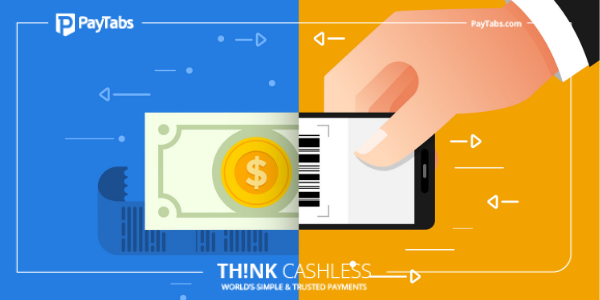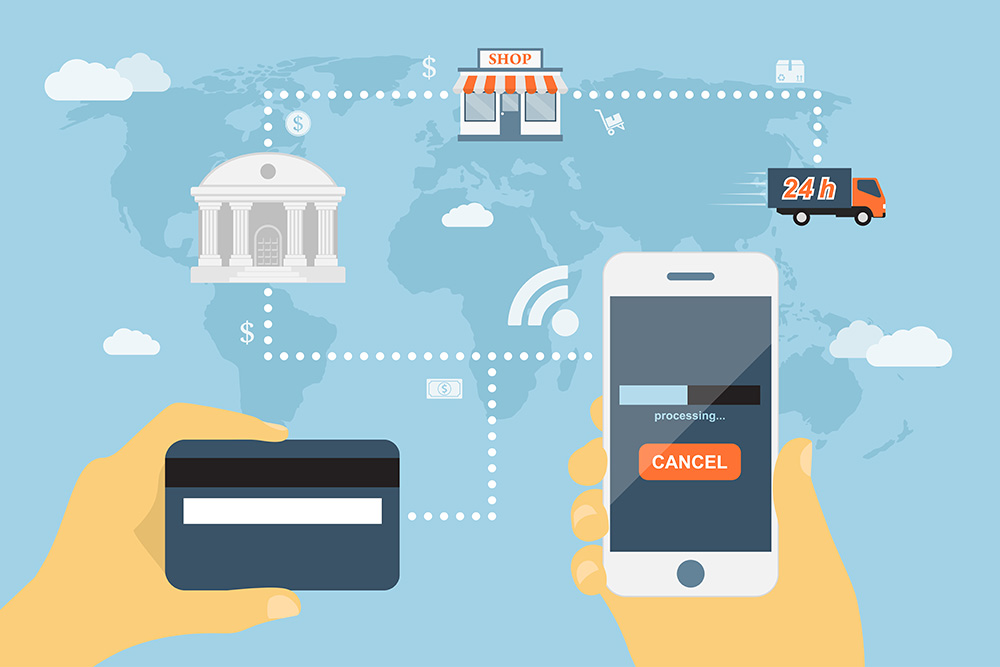5 Ecommerce Trends That You Need to Know in 2020

Ecommerce has come a long way since its beginning in the late last century. In the present era, most of the offline businesses have their online iterations live. With new technologies coming up and more and more people adopting the latest trends, eCommerce is not only here to stay but is bound to grow by leaps. The segment also sees frequent changes and new trends. So, here are some new concepts making waves in the eCommerce sector that you need to know to remain updated:
- Mobile Ecommerce is on the Rise: While eCommerce in general is on the rise, mobile eCommerce has outpaced the general trend. According to a number of studies done on this topic, the growth in revenue generated through sales made from mobile devices have increased 15 percent since 2016. It is also estimated that 73 percent of the entire eCommerce transactions will be carried out on mobile devices. This trend is mainly fueled by millenials and gen Z. In order to fully exploit the opportunities thrown open by this trend, it is important to ensure that your business is mobile friendly. You can either optimize your website for mobile browsing or can develop a standalone app for this purpose. Whichever way you choose, the proliferation of mobile eCommerce will help you expand your market.
- Social Media to the Rescue: As more and more people alter their shopping habits for eCommerce, the role of social media is becoming vital. Social media is not only important for promoting products and services of your business but is also required for engaging your clients. Through optimal use of social media, a business can create a loyal customer base and maintain rapport with them. Further, you may also engage the services of social media influencers which may help you in getting your products discovered by hitherto untapped markets. Social media channels employ different formats ranging from simple texts to videos, thereby providing your business with a wide range of choices.
- Artificial Intelligence & Customer Care: Another big trend in eCommerce is related to the incorporation of artificial intelligence or AI. While AI is being used to manage various aspects of online businesses, it is particularly useful for addressing customer grievances and maintaining client relations. AI assistance and chatbots have revolutionized the way online businesses interact with their client base. These bots may be used for attending to customer inquiries and for handling complaints. Further, there is also ample scope of customizing these services to meet individual requirements. Clients are also becoming accustomed to interacting with these AI-enabled customer care personnel.
- Personalization: In order to survive intense competition and prosper, online businesses are now personalizing their offerings. With this approach, the customers are made to feel more connected to the business as the products and services are modified to meet their specific demands. Personalization helps in gaining new customers while also helping in retaining the older ones. The main aim of personalization is to increase the stickiness so that the client keeps coming back to the business in future. Apart from customizing the products and services, the online businesses also seek to personalize their marketing and advertising messages to gain maximum advantage.
- Social Concerns to the Fore: Ecommerce is recognizing its social and environmental responsibilities as well. The rise of green consumerism is the main force behind this change. Online businesses are now working towards more sustainable practices and products. Some of the main steps in this direction are to source materials from ethically proven sources and cutting down on plastic packaging, etc. Additionally, eCommerce is also working towards offering more environment-friendly products. The emphasis is on ensuring that the products use minimal chemicals which may harm the environment. These green products generally command premium pricing. However, businesses are now looking for the ways these products and services may be made accessible to and affordable for the masses.
While the above-mentioned trends are quite prominent, the other developments in this segment are also noticeable. Ecommerce is now experiencing resurgence in QR code payment and the use of augmented reality. It is important for online businesses to be aware of these trends and adapt accordingly.




